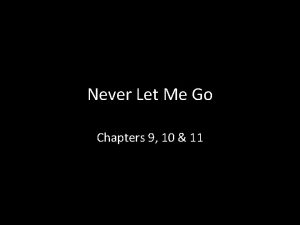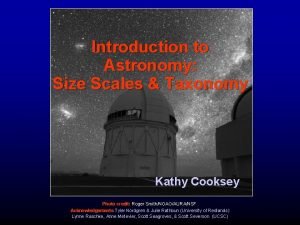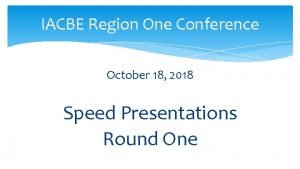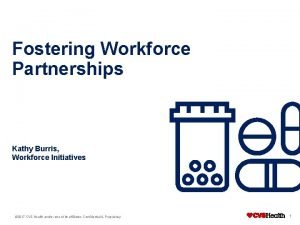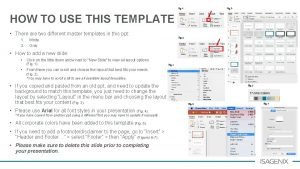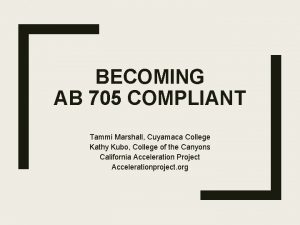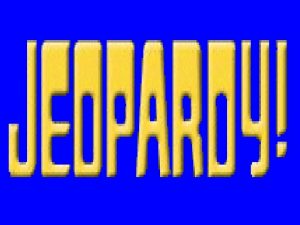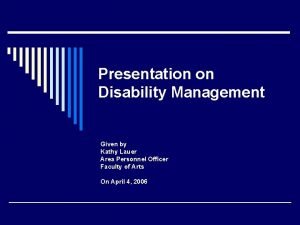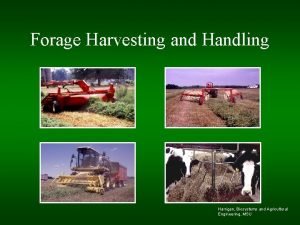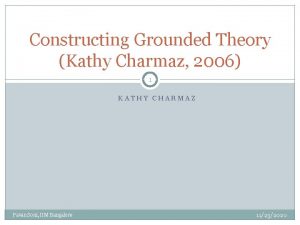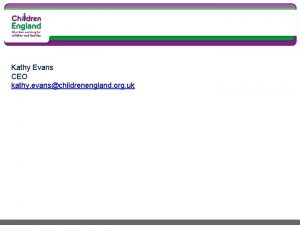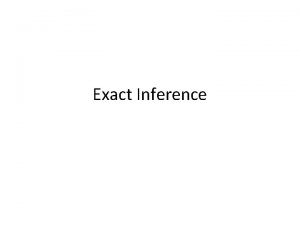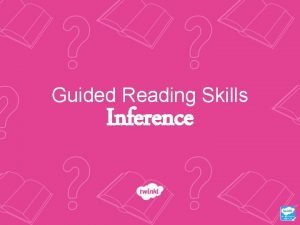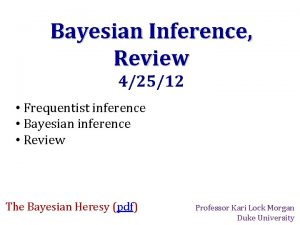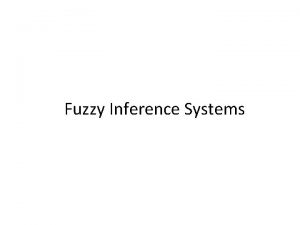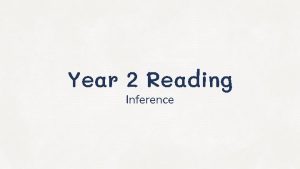Inference Kathy Harrigan English 98 What is Inference

















- Slides: 17

Inference Kathy Harrigan English 98

What is Inference? �What is an inference, and what does it mean to read between the lines?

Inferences From Facts �The author selects facts and may not include others. �No direct connection is stated. �The reader must figure out the suggested message.

What Is An Inference? Inferences can come from an author’s: �Motives �Feelings �Judgments �Suggestions

Connotation of Words �We infere meaning from the connotation, the feeling or emotionalism, surrounding a word. (Ex: skinny communicates a negative feeling). (Ex: slender or slim communicates a positive feeling).

Euphemisms and Politically Correct Language: We infere meaning and an author’s intention by HOW an author talks about a subject.

�A euphemism is a substitution of a harsh term for one more polite. Example: “He passed away” instead of “He died. ” �Politically correct language or doublespeak is used to hide something unpleasant. Example: Using “collateral damage” instead of “civilian casualties. ” �We infer meaning about how an author feels about a subject by her/his euphemisms and doublespeak.

Figurative Language and Analogies: What kind of relationships or associations are implied? Figurative language comparisons that are not literally true. Example: “She worked like a dog”

Analogy An analogy is a comparison of two unlike things. �Example: “Time is like a river. ” �Example: “Time is like a ticking bomb. ” We can infer two different meanings from these very different ideas of time.

Example of Inferences � Fact 1: The population of all European Union countries combined grew by 343, 000 last year. � Fact 2: The population of India grew in the first week of 2001 by 343, 000. The inference is that India’s population is increasing at an alarming rate. 2008 Pearson Education, Inc. , Publishing as Longman Publishers

�Sometimes we can figure out who the speaker or narrator is by the way they explain something or by their dialogue. �Example: Children now love luxury. They have bad manners, contempt for authority. They show disrespect for elders. They contradict their parents, chatter before company, cross their legs and tyrannize their teachers. � (written by Greek philosopher Plato about 2, 300 years ago) Inferences About a Speaker or Narrator

�Inferences Based on Description of a Person �Inferences Based on Action �Inferences Based on Description of a Place Inferences Based on Action and Description

Types of Inferences �Inference from actions �Inference from factual material �Inferences from description

Using Prior Knowledge to Make Inferences �Prior knowledge is expected. �Details help you infer time. �Details help you infer place.

Making Inferences Reader’s Tip: �Consider the attitude in the author’s choice of words. �Unravel actions. �Interpret motives. �Use suggested meaning and facts to make assumptions. �Draw on prior knowledge to make connections. �Base conclusions on stated ideas and unstated assumptions. 2008 Pearson Education, Inc. , Publishing as Longman Publishers

Inference Requires Drawing Conclusions �Make a logical deduction from both stated and unstated ideas. �Use hints as well as the facts. �Rely on prior knowledge and experience to interpret motives, actions, and outcomes.

Summary Points and Questions �What is an inference? �What is the connotation of a word? �What is figurative language? �Why is prior knowledge needed to grasp implied meaning? �How does a reader draw conclusions?


